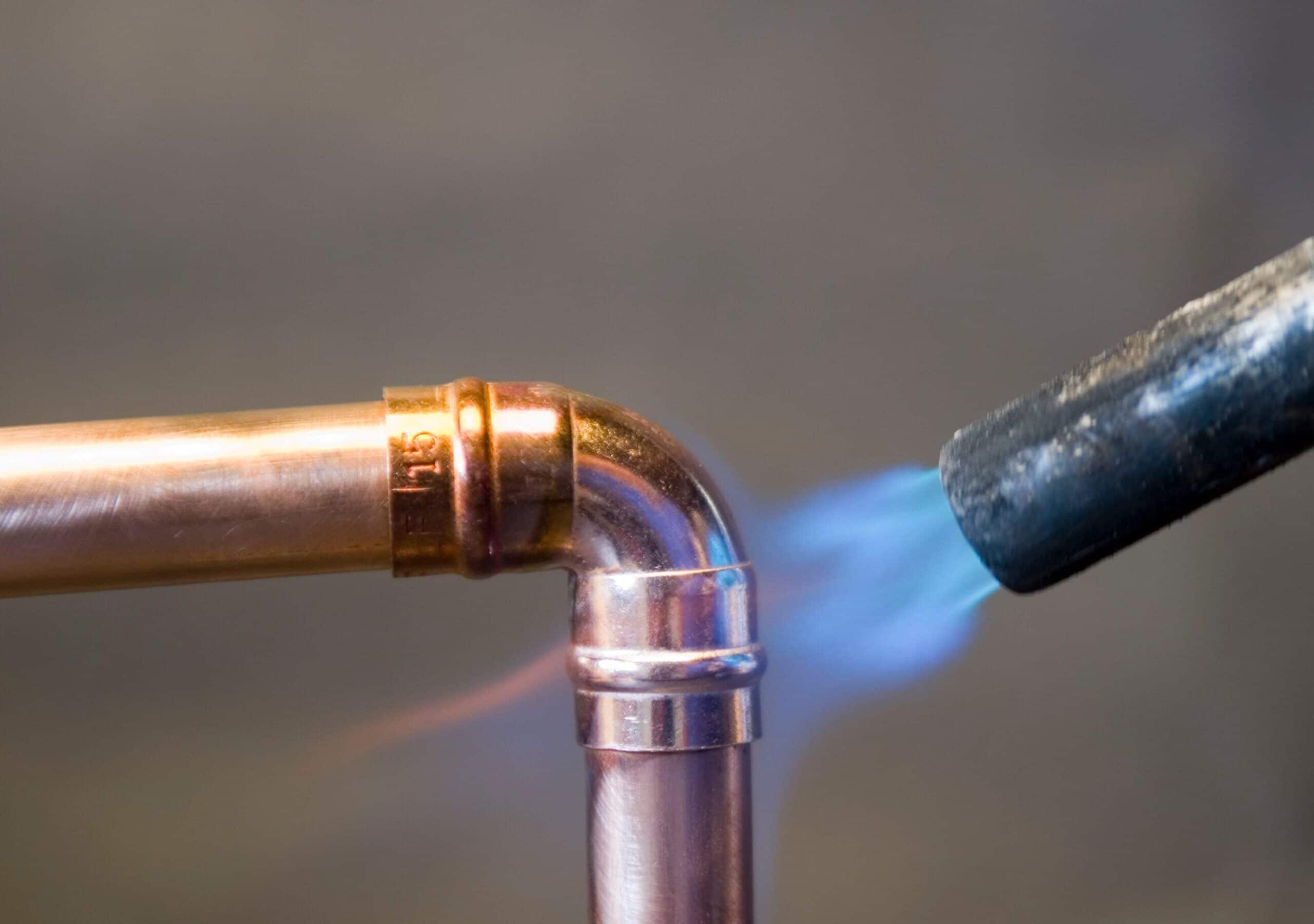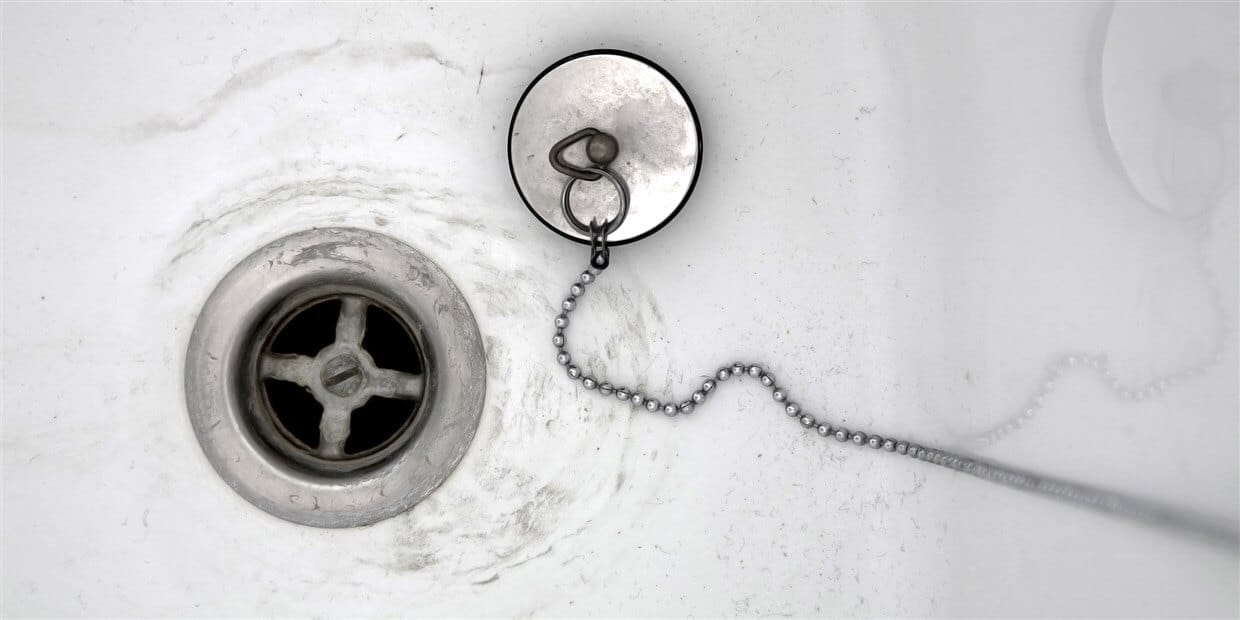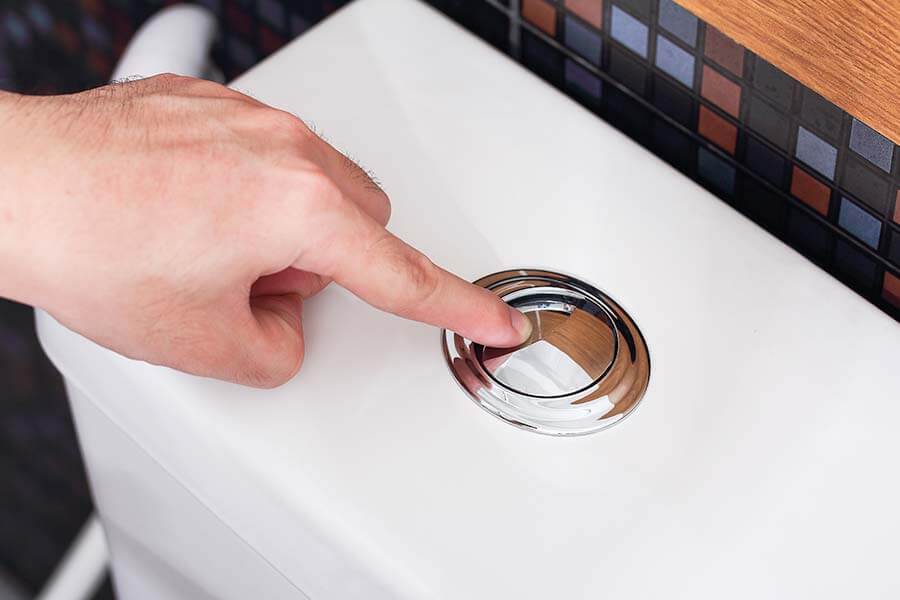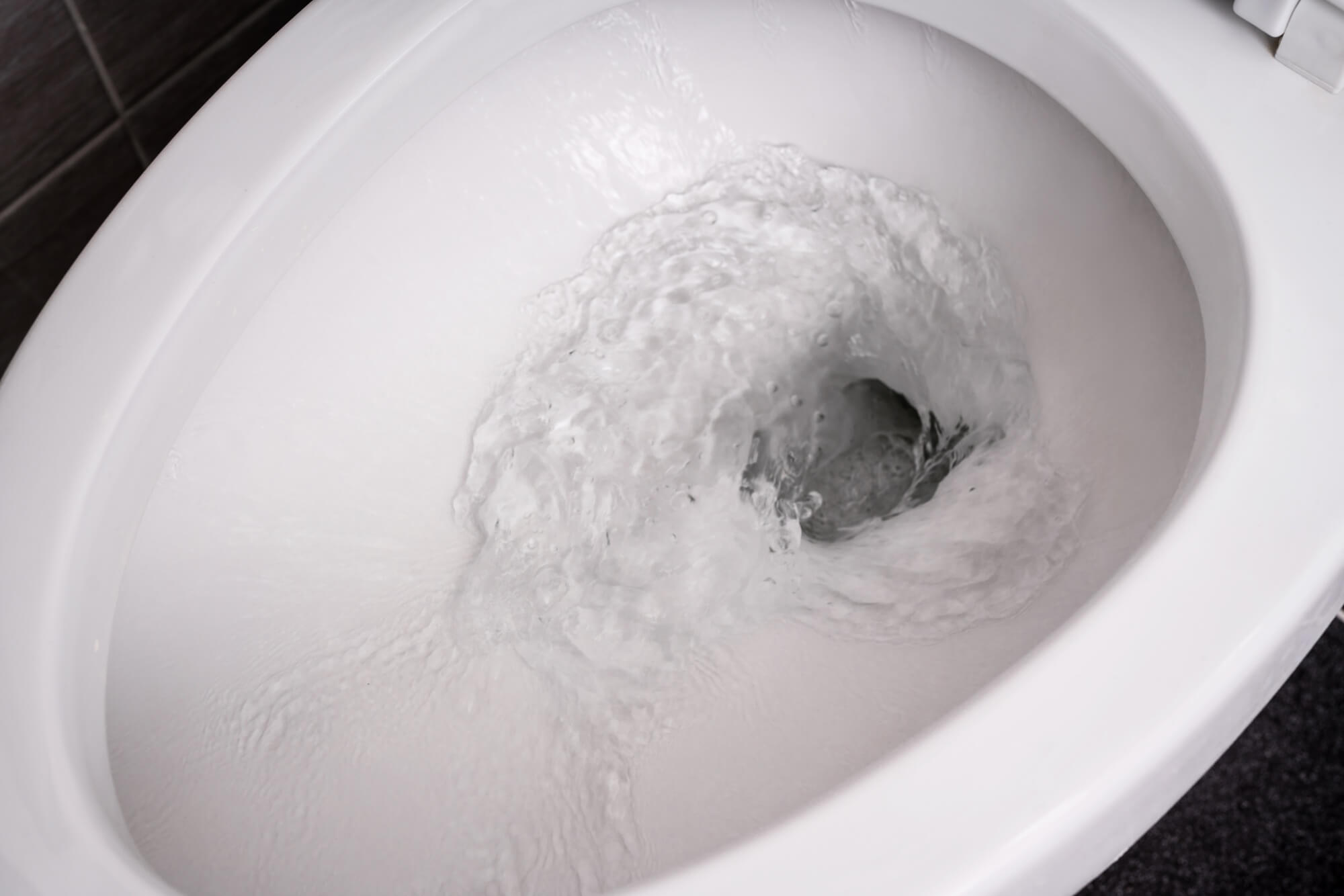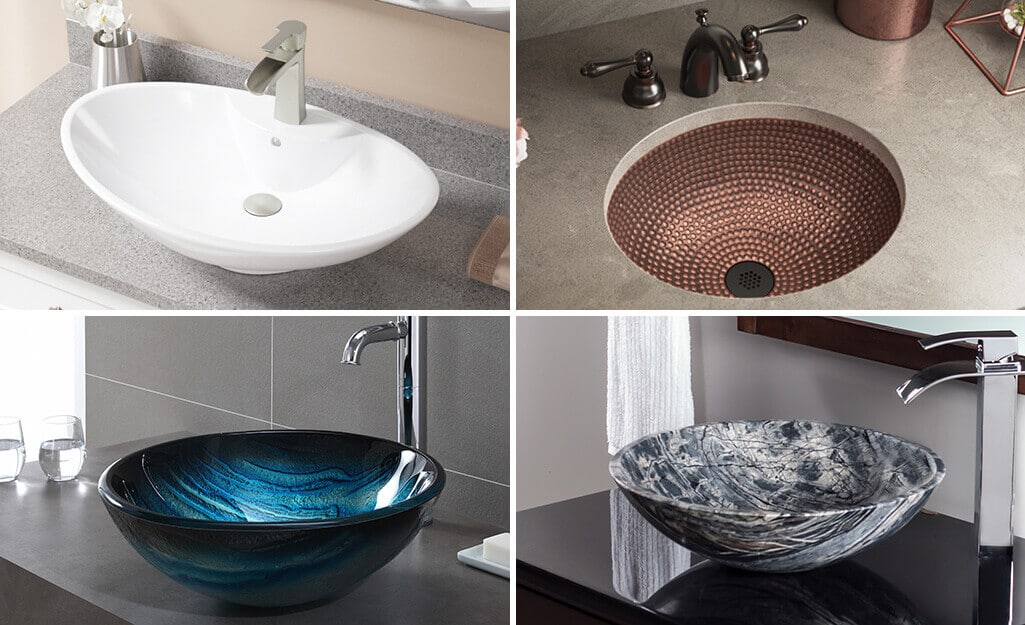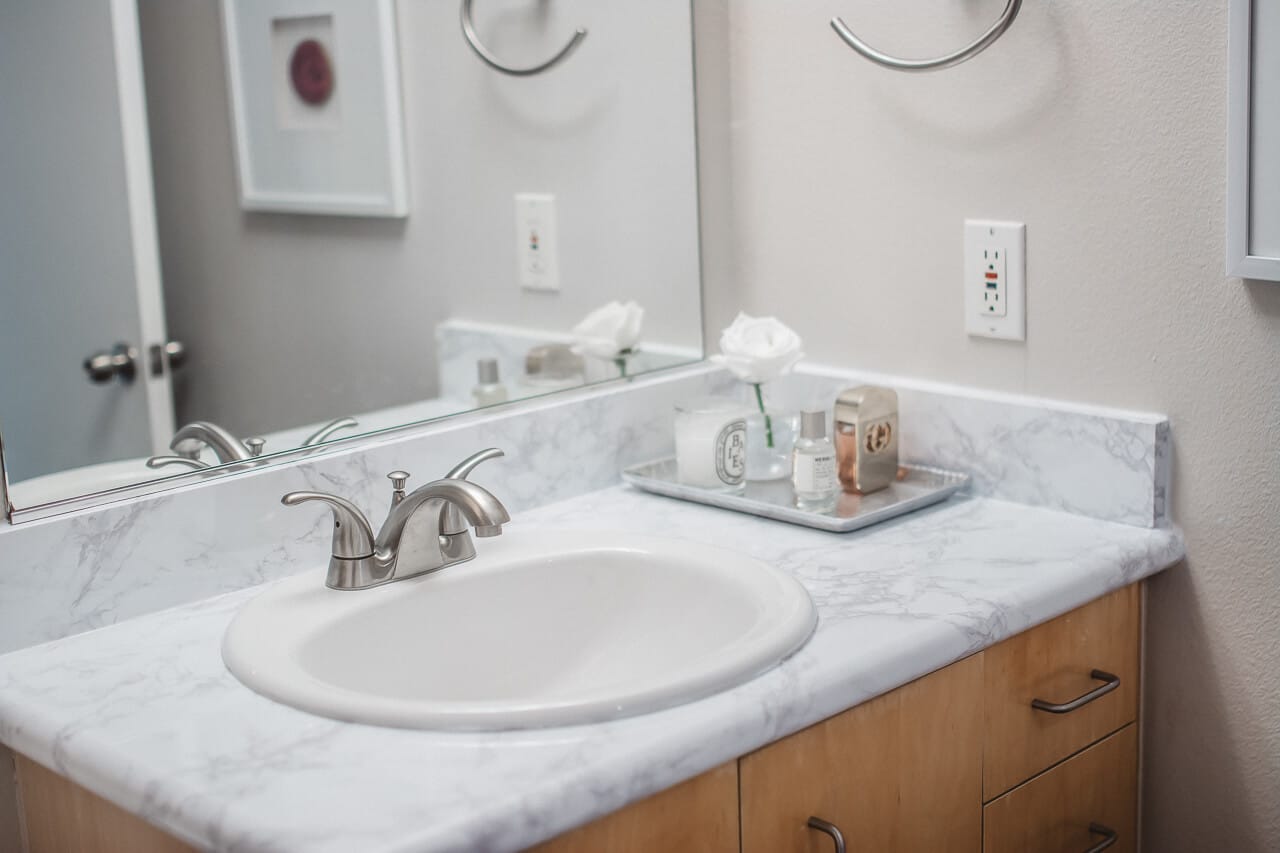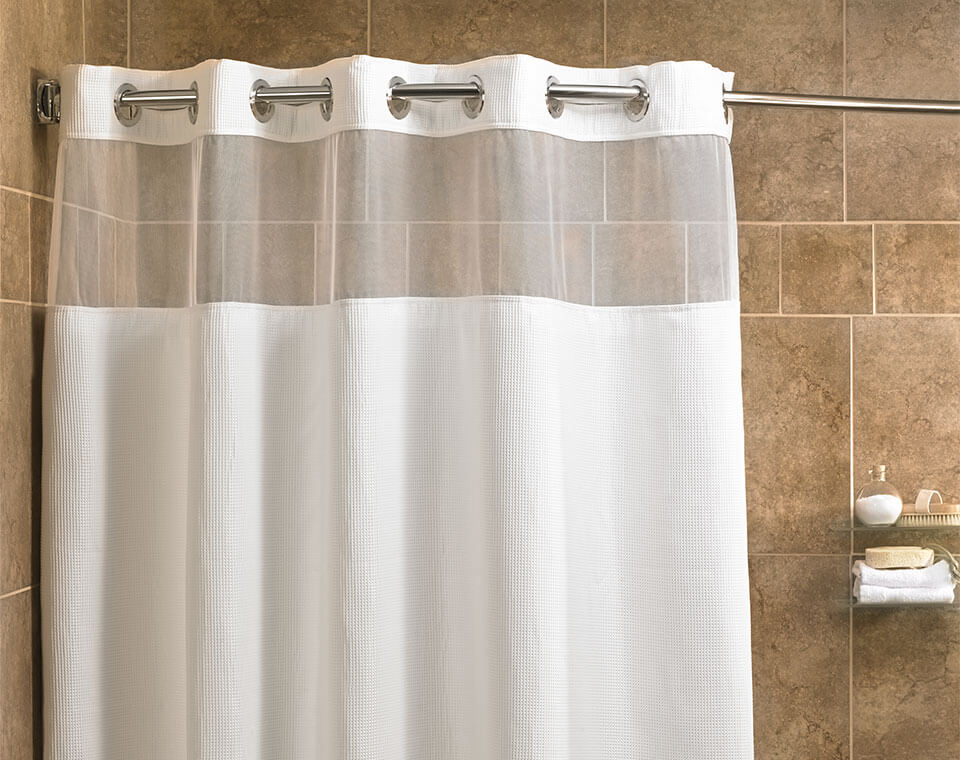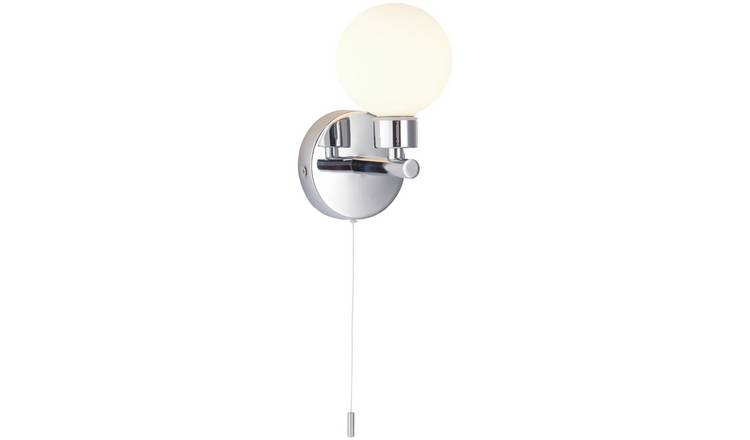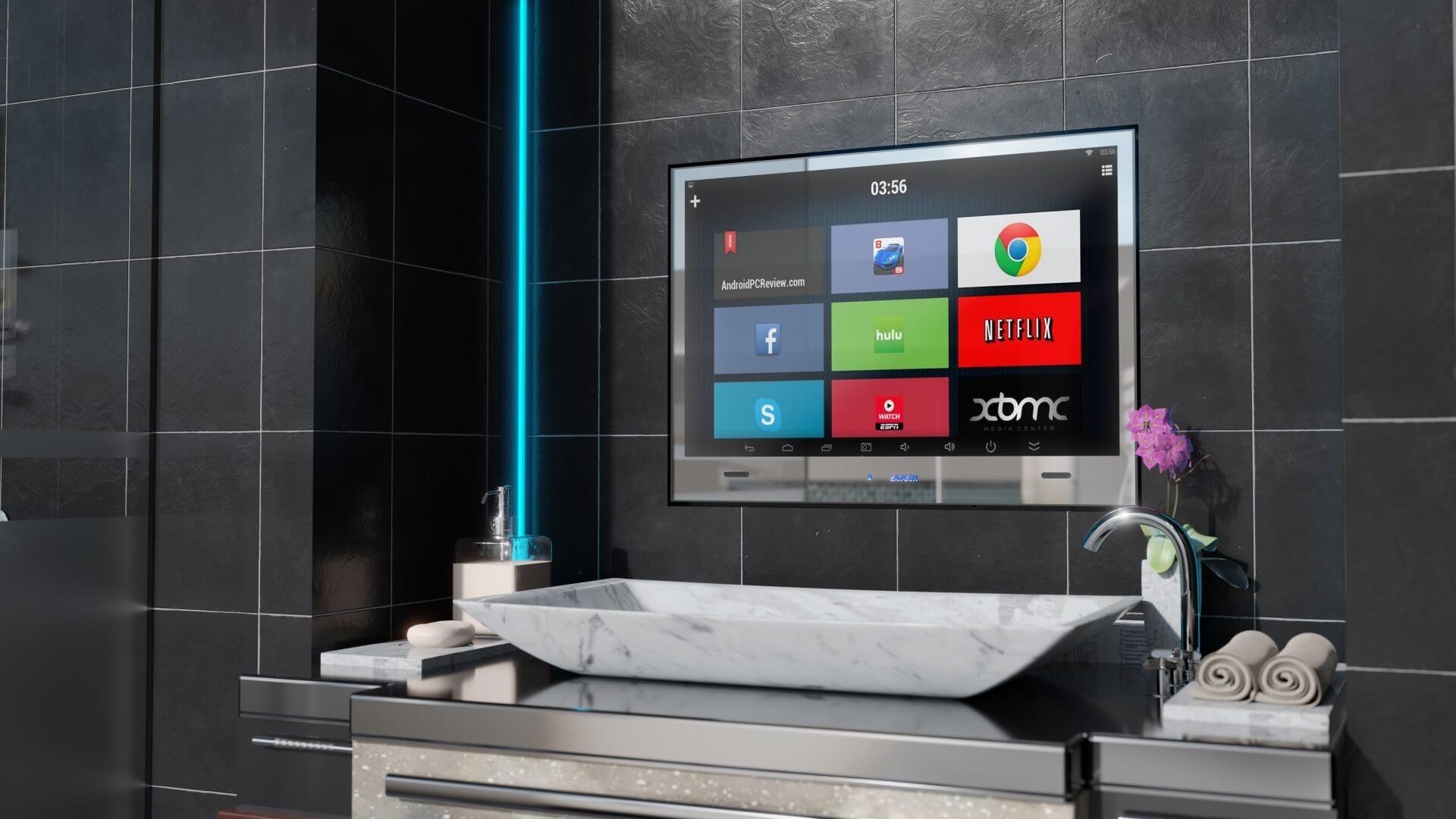Proper Mounting Height
Bathroom wall lights can be mounted either vertically or horizontally and come in single, double and even triptych arranged models and while most wall lamps in your home are mounted approximately six feet off the floor, some interesting decorative effects can be created without compromising the luminance of your lavatory when you mount your bath lights below or above the standard height for wall lighting.
It should also be noted that mounting your fixtures too high will create down cast shadows when freshening up, while installing your illumination at eye level on either side of your mirror is best for grooming purposes, however the scones cannot be too bright to avoid unnecessary glare.
Picking illumination is not easy because of the vast array of choices. Many people have already experienced this dilemma first hand and have realized just how much thought and preparation needs to be put into purchasing just the right fixture to fit their decor and add better visibility to their enviromnemt.
Two Popular Models
To help you out, we’ve decided to take a look at two popular models available on Amazon, to examine exactly what makes them so fashionable and if one is better than the other. Both lighting fixtures mentioned below are also available as ceiling lamps, if you’re not looking to put them on your walls.
Where you put the bulbs on your wall space is much an art as it is for practical purposes. Decorative illumination can add ambiance and a creative flair to your bath décor if done correctly. The Hardware House 544478 Brushed Nickel Bath Fixture and the Hardware House 543793 Berkshire Bath Wall lamps are the two products we’re going to be taking a look at.
These models are popular and practical because they are elegant enough to be used both in a classical and modern home environment and provide a good source of room radiance. And the best thing about these consumer goods is that neither of them costs over $40, making them both “real world” applicable and affordable!
Both of these up-lights have glowing reviews from users more than pleased with the nice price/performance average reached. If you’re looking to add lustre to your home and effectively brighten up your washroom walls, then you need to know that choosing either one of the accessories mentioned above would be an excellent choice.
Read more: Freestanding Storage Units
Comparing Features
The Hardware House 544478 Brushed Nickel Bath costs almost twice as much as the other model, but users feel that the extra price is worth it. It comes with two lighting filaments as opposed to the single light source of the Hardware House 543793 Berkshire Bath is offering.
When selling your home, double lights are a selling feature for lamps and accent lighting for your residential decor mainly because double lamps tend to add a more upscale feel to your home and provide added effulgence for your buck, so to speak.
Both manufactured goods accept bulbs as powerful as 60 watts, for each fixture, and naturally the Hardware House 544478 Brushed Nickel Bath offers twice the illumination power. However, if you want to optimize your options by getting a matching set of ceiling and vanity wall lights then you need to take a look at the many different types of lamps for your bath are available in the Hardware House 543793 Berkshire Bathroom series. There are numerous ceiling models and styles as well, so you’re bound to find one you like to fit in with your interior decoration.
It’s all About Luminance
The last difference between the two bath accessories is the projected illumination size. While the first fixture offers a projection size of 8 1/2”, the second bath-ware only offers a 7” projection. However, elegant restroom lighting can be achieved with either version of these products, as both of them offer the homeowner just enough finesse to add interest to their rooms brightness level but not enough pizazz to overpower the decor.
The color of the lamp shades needs to be considered though, as one is white and the other is an off-white leaning toward tan, so they certainly won’t suit all bathing environments. The other consideration would be the finish of the base, silver or bronze would all depend on whether you want your lighting fixtures to subtly blend in or add a color accent to your rooms ornamentation.
So how do how you decorate your house using these bathroom wall lights? For those interested in purchasing any of the merchandise mentioned above, we have some good news. No trip to the hardware store will be required, as both of these insightful solutions come with an easy-to-install mount and include all the required hardware fittings.
Installation couldn’t be any easier than this, and even those with no technical inclinations can easily and quickly complete the process. It’s amazing how easy it is to transform the look of your powder room with the simple flick of a switch.
Read more: The Joy of Television in Your Bathroom
A Successful Well-Lit Plan
Some users have asked where to put bulbs on your wall space to create a successful well-lighted scheme. Wall lamps can be used as the main source of illumination (ambient lighting) or for accent luminescence in your bath. When setting up the layout for the lamps in your restroom, accent lighting in particular needs to be understood because here you can use your light fixtures as a decorative element to add sparkle to the room.
Essentially accent lighting is used to highlight objects around the room and can add perceived depth and shade to your lavatory. Some other examples of retail fixtures that can be used for accent lighting include: uplight cans, picture frame lights and lighted toe kicks to name a few.
Purchasing Online
While some people have their doubts about purchasing consumer goods online, there is nothing to worry about if ordered from a company based in North America where stringent credit card security is in place.
In case the product doesn’t match the description or it is defective, it can easily be replaced. Shipping is fast and in some cases free, so money can actually be saved if purchasing online instead of from a hardware store.
Read more: Fog Free Waterproof Bathroom TV Mirror
Keeping it Simple
A simple looking light source is often better suited for a modern bathing space than an overtly fancy one that stands out too much or needs a lot of maintenance and cleaning such as the tiny pieces on a chandelier. This is something that most interior decorators agree on, and all reviews we have examined mention just how good both products looked, even though their designs are quite simple.
With such a low price and such a nice design, it’s easy to see why these two consumer goods are liked and endorsed by the homeowners that have bought them. One thing that we should mention though, when purchasing the Hardware House 544478 Brushed Nickel Bath Fixture or the Hardware House 543793 Berkshire Bath Wall lamps, some users also recommend removing the bulbs that come with the lamps and installing some less powerful bulbs or bulbs that are frosted.
Glare vs Lustre
The artificial light produced is softer and users like it more, claiming it reduces eyesore. Before purchasing any of the bath-ware mentioned above, users are encouraged to check them out to see the exact amount of glow produced, their design, and their overall size.
Read more: How to Make Bathtime Fun for Toddlers and Newborn
They may not be available in all bathroom wall lights stores, but some should have them in stock for easy comparison. Then you only need to decide if it’s better to order them online or get them directly from their local home improvement store.

